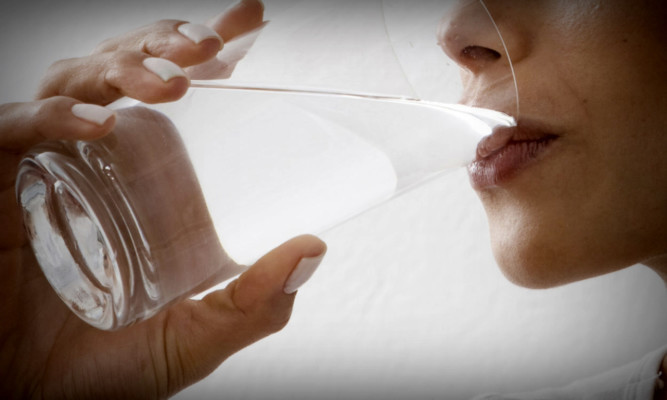The number of Scots who do not drink has increased in the last 11 years, according to a new study.
It has risen from 8% of men and 13% of women in 2003 to 14% of men and 18% of women in 2014, the Scottish Health Survey 2014 found.
The amount of alcohol Scots drink also dropped over the same period.
Average weekly alcohol consumption has fallen from 19.8 units a week for men and 9.0 units for women in 2003 to 13.6 and 7.4 respectively in 2014.
The average number of units people consume on their heaviest drinking day in the past week also declined between 2003 and 2014, from 6.5 to 5.5 units for men and from 3.6 to 3.1 units for women.
More than two in five (41%) men said they drank more than the recommended three to four units on their heaviest drinking day in the past week, down from 45% in 2003.
A third (33%) of women drank more than their recommended two to three daily units, down from 37% in 2003.
The study also found that 23% of men and 17% of women in 2014 were classified as hazardous/harmful drinkers, which means they consumed more than 21 units per week for men, or more than 14 units per week for women. That compares to 33% and 23%, respectively, in 2003.
The survey found that in each year from 2008 onwards, women in the least deprived areas have been between seven and nine percentage points more likely to drink at hazardous/harmful levels than those in the most deprived areas.
